Yesterday, Google announced YouTube Red. Google, blissfully unaware of what goes on in Incognito Mode, apparently thought that this was a good name for a service. It is not the first time that Google has made flagrantly terrible choices in naming stuff.
As a brand itself, Google is pretty great. The name is distinct, it’s become synonymous with search, and the company has even managed to convey a distinct identity of whimsy, curiosity, and experimentation. Which is why it’s pretty frustrating that every single time Google announces the name of a new product, it’s either a generic English word with “Google” slapped on the front, or it’s a weird name that makes no damn sense.
Google Now Is an Awful Name for a Great Product
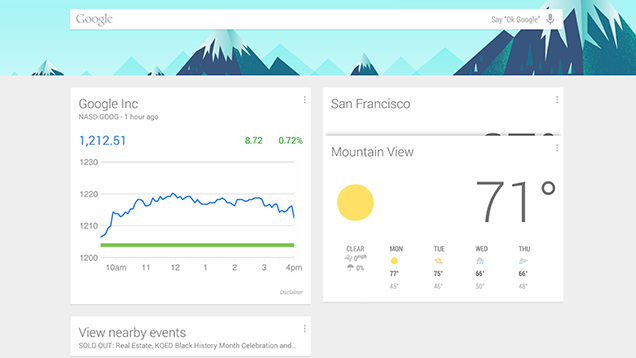
Google is the only company that hasn’t tried to personify its voice assistant. And I’m ok with that. Siri, Cortana, and Alexa are all nice, but I’m not going to be upset if my phone doesn’t get sassy when I ask it to divide zero by zero. But I almost wish that Google did give Google Now a persona so it wasn’t so stupidly difficult to talk about it.
For starters, Google still hasn’t really clarified what Google Now is. Initially, it seemed that “Google Now” referred to the page of cards that attempted to guess what information you wanted at any given moment. However, it now seems that Google’s collection of voice commands is included in “Google Now.” Or is that part of something called OK Google, as this help page seems to indicate? Google used to have a separate product called Voice Actions, but that’s now the name of Google’s framework for third-party developers to add voice commands to Google. Maybe Google’s voice actions have no name. But if that’s the case, then Google’s entire personal assistant product has no name at all. Which would be really silly, since the voice commands are way more useful than Google Now cards.
Google made this even worse with the advent of Now On Tap. Disregarding that “Now On Tap” is an exceedingly dumb phrase, Now On Tap is also misleading. As I mentioned in my hands-on, Now On Tap is really more like Google On Tap. You can search for things, but not much else. There’s very little this feature does that even remotely resembles Google Now. Unless you’re including OK Google voice commands, which Now On Tap does have. The plot thickens.
But even disregarding all that, Google Now is a really difficult product to talk about. Have you ever read a headline that talks about Google Now? “Google Now Can Create Reminders With a Voice Command.” Does that mean that Google, the search engine can do this? Or is this strictly for Google Now, the mobile app? Whether reading a headline like this or writing one, I’d much rather have some anthropomorphic character to refer to, rather than an ambiguous, awkwardly-placed word.
Google Play Only Sounds OK Because We Got Used To It
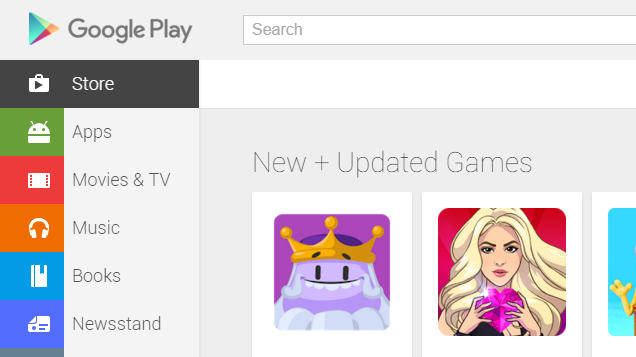
Even after Google announced the Play Store, it seems the company never really decided what it wanted that name to mean. From a consumer perspective, “Google Play” means “a store where I can buy stuff.” That stuff includes apps, movies, TV shows, books, music, and games. OK! Easy enough. However, there is also something called Google Play Services, which often shows up in your list of apps or Android’s battery stats. Google Play Services is a collection of APIs and services that developers can use to add new functionality to their apps. Most consumers have no clue what the hell that last sentence even means, much less why it’s carrying the same brand as Google’s content store.
This confusion leads to tangible consequences. The Play Store listing for Google Play Services (ugh, I already hate this sentence) is filled with thousands of negative reviews because consumers simply don’t know what the hell it is. They assume that Google’s store alone is draining their battery or taking up all that space on their phone.
As if that weren’t enough, Google Play isn’t Google’s only store. Not that long ago, Google used the Play Store to sell various Google hardware. Now, the company has the separate Google Store for that. At least they’re divided along sensible lines — the Google Store is for tangible goods, the Play Store is for intangible stuff — but, as we’ll see later, it’s yet another example of Google having two of everything.
Google Drive Still Isn’t Over Its Identity Crisis
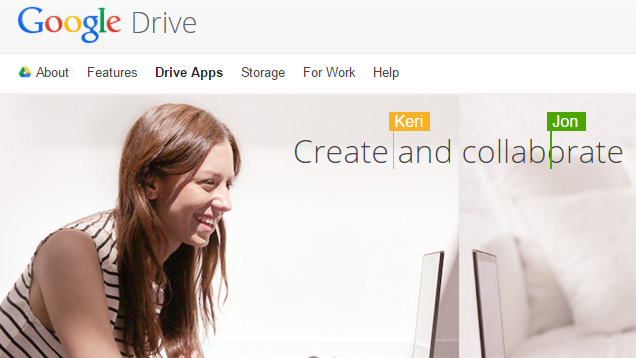
Let’s play a hypothetical game: what if Microsoft’s collection of office applications — including Word, Excel, and PowerPoint — was called OneDrive? Would that be a clear and clever name? Or would it be dumb and confusing? Because that’s exactly what Google’s done with Google Drive.
When Google first introduced Google Drive, it was little more than an unpolished Dropbox competitor. Then, they started adding Google Docs features into Drive. Rather than having separate apps for Google Docs, Sheets, and Slides (like we do now), Drive was one big file editor that also synced…other files, I guess.
Today, we’re in a better place, at least in terms of understanding what the hell Drive is. On most platforms, we have separate, standalone apps for Docs, Slides, and Sheets. “Drive” usually refers to “some amount of space on Google’s servers for storing and syncing files.” Of course, Google doesn’t always make it clear what counts towards your storage limit, but whatever. That’s a separate issue.
Despite being relatively more distinct than it was in the past, Google Drive still doesn’t seem to understand that it’s not an entire suite of products. Google Drive’s landing page still pitches itself as a suite of office tools, not a dumping ground for files. A simple name change would solve this. Call the suite Google Office (or Google Cubicle, or Google Work, or Google Boring Crap), call the storage service Google Drive, and give every office app its own name under the Office banner. No one would ever be confused. Unfortunately, that’s too sensible for Google.
The New Google Hangouts Buried the Old Google Hangouts In a Product With the Same Name
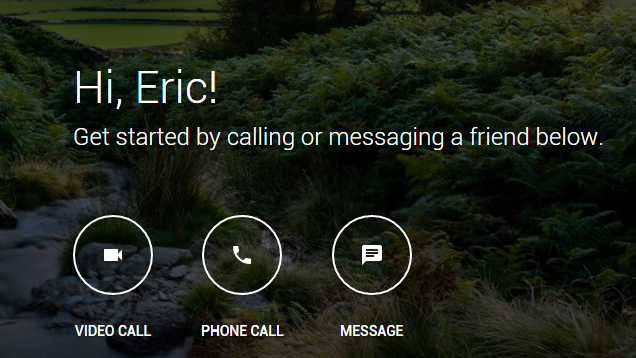
Does anyone else remember when Google Hangouts was the coolest thing on the planet? That was back when “Google Hangouts” referred to the ten-person simultaneous video chat service that was and still is awesome. It was easily one of the coolest things Google ever made, though it was unfortunately buried within Google+.
That is, until Google revamped Google Talk (which was sometimes also branded as “Chat”, for some reason). This big overhaul, which was part of Google’s plan to unify your messages, saw Google abandon the Talk and Chat monikers and instead call its messaging app Hangouts. The old, video chat Hangouts product was rolled into the new Hangouts as little more than a feature.
This may sound like a minor quibble, but it’s a damn shame because Hangouts video chat should be the banner feature here, but Google keeps burying it in something else. Skype is widely known for being the video chat app. It’s almost as if other products don’t even exist. Ask any random stranger on the street if they want to hop on a Skype call with you and they will know what you’re talking about. They will think you’re creepy as hell, but they will know what Skype is.
The Hangouts video chat feature is, arguably, better than Skype in a ton of ways. It has a ton of powerful apps you can share with people on your call. You can collaborate on drawings or read your kids a bedtime story. Hell, I can run an entire Dungeons & Dragons campaign in Hangouts. Or at least I could, if anyone actually remembers Hangouts as anything beyond that annoying instant message client on the side of your Gmail.
Don’t Even Get Me Started On Google+
Turning your entire product suite into one massive social network is something that probably deserves more than a single character’s worth of branding.
Google Keeps Burning Through Names Rebooting Products
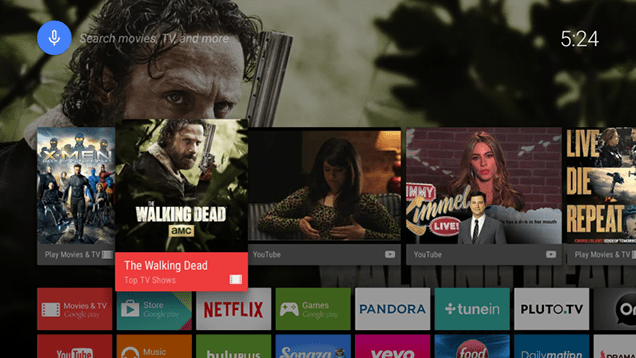
I recently bought a Nexus Player, because it was on sale and I wanted to try it out. This is the second time I’ve bought a set-top box designed by Google. The first was the Logitech Revue. It ran Google TV. The Nexus Player runs Android TV. Oh, and I also have a Chromecast. It uses Google Cast. There are way too many brands and product names in this one paragraph that describe several versions of the same service.
Google does this with all sorts of products. Last month, Google briefly had two entirely separate Google Wallet apps on the Play Store, because one was going to be rebranded as Android Pay. I’m still not totally clear on what the difference is between the two. I know Android Pay is used for paying for stuff with your phone, and Google Wallet is sort of a PayPal clone, but I’m not sure why they have become two separate things.
Oh, and lest we forget, we now have Google Play Music, YouTube Music, and YouTube Red, all of which are interconnected. They’re good services, but Google has precisely too many music-related products and it’s hard to keep up with which one does what.
To make matters even more confusing, if you subscribe to Google Play Music All Access (ugh), you’re automatically subscribed to YouTube Music Key (now) or YouTube Red (when it launches next week). If they’re the same service, it would at least make sense to treat them like the same service. Already, people are fuming at YouTube charging $US10 per month to remove ads, without realising it also comes with a Spotify-like service. Google’s naming conventions encourage this confusion.
YouTube Red Sounds Like a Porn Site
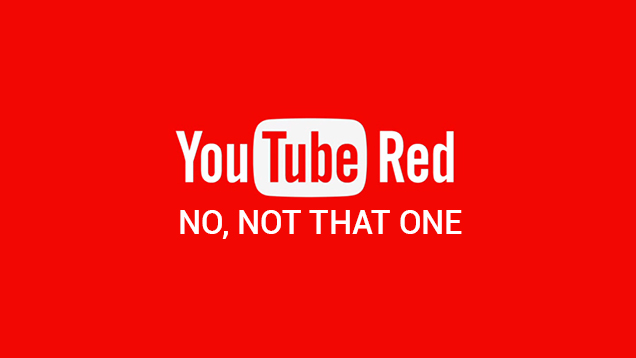
All this brings us to today. More often than not, Google’s big naming sin is being too generic. Google’s map app is called Maps. The book app is called Books. Super clever. That’s annoying, particularly when it comes to searching for information about a product (for example “Kindle vs. Books” will not return information about Google’s ebook app), but it’s not the worst naming sin Google’s ever committed. The worst of these is Google’s latest venture: YouTube Red.
This is one time that Google finally got the concept almost right. Instead of naming it something blandly generic like YouTube Ad-Free Subscription Service, they tried to shoot for an actual brand. Sure, it’s yet another normal English word, but at least “YouTube Red” sounds like a distinct thing. A service all on its own. This phrase can become its own proper noun. “Hulu” was a meaningless word until we all got used to it being a video streaming site. Google could’ve put any word in there they wanted and turned it into a brand.
Except RedTube is already the name of a very famous porn site. One of the biggest. Honestly, Google, what the hell were you thinking? Forget consumer confusion. Who in your marketing department allowed the words “Tube” and “Red” to be associated with an official Google product in public? Was this an internal code name? A joke that slipped past the review board? Or do you just not give a crap? Maybe Google’s big enough that in a couple years no one will care that their name is dumb, just like we did with Google Play.
Frankly, any one of these things isn’t really the biggest problem in the world. Google’s been complete crap at naming and branding things for years, and we’ve all survived just fine. Taken as a whole, though, it really makes it confusing for users to know what they’re using, or how to find out more information about a product. All I’m asking is that you get a little bit more creative with the names for things, Google. You’ve got a bright, whimsical logo, an endless series of clever doodles, and a campus that looks like it was designed by Willy Wonka. I’m confident you can come up with better names for things than Google Now and YouTube Red.
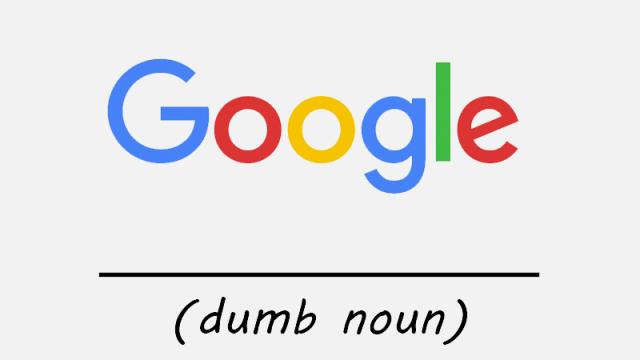
Comments